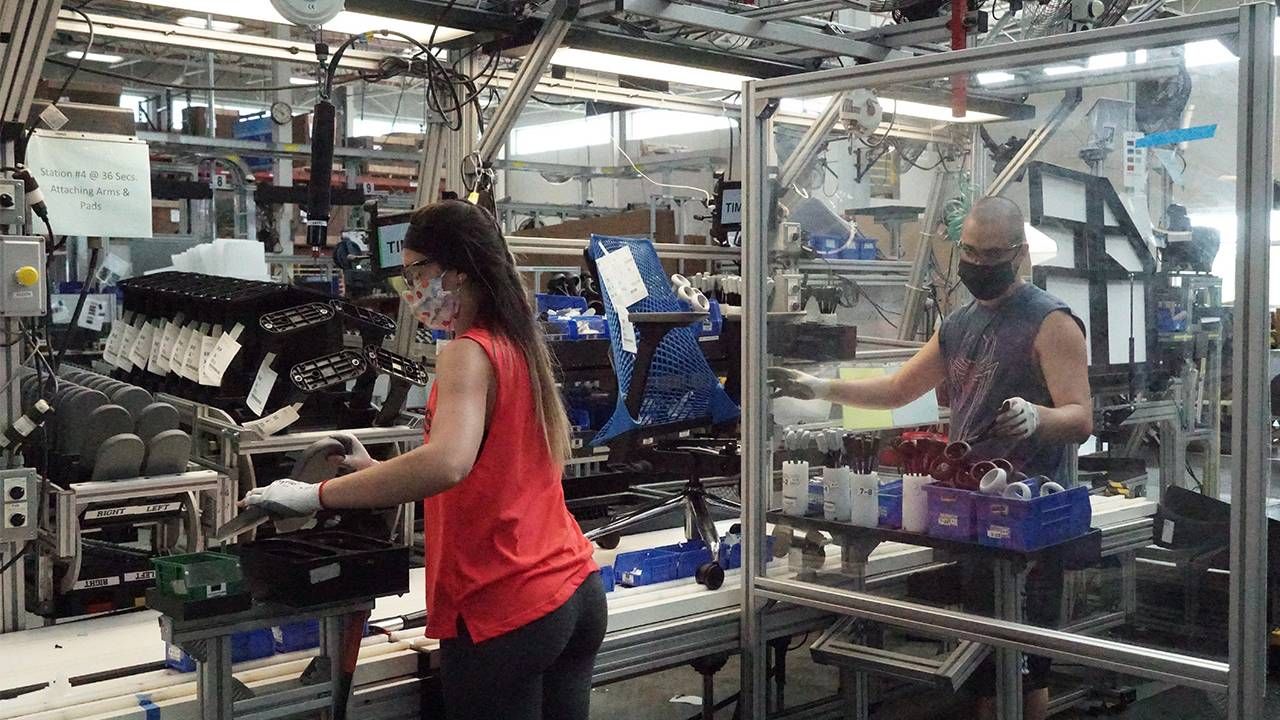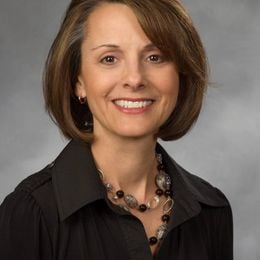Ageism in the Workplace: Companies Breaking the Mold
While some businesses are showing older workers the door, these embrace them
Editor’s note: This is the second of a two-part series on ageism in the workplace. The first article is "Ageism in the Workplace: Can President Biden Change the Course?"

Last May, Mike Ungar, 62, happily headed off to retirement. After 35 years working in management for tire manufacturer Michelin North America, Ungar, of Simpsonville, S.C., was looking forward to volunteer work and spending more time with his then 2-year-old grandson.
"People often say you should retire to something, not from something," says Ungar.
But despite those best-laid plans, Ungar's retirement only lasted about a month. At the end of June, he spied an opportunity on Michelin's retiree site that he couldn't pass up: a six-month project developing and conducting unconscious bias training, following the George Floyd killing and Black Lives Matter protests.
"I was really heavily involved in the diversity, equity and inclusion effort within the company, so the topic was important to me," explains Ungar. "I reached out to the training organization. About a month later, the phone rang and they said they'd love to have me be part of the team."
The Returning Retiree Program at Michelin
Ungar is among hundreds of Michelin retirees pressed back into service under the company's 12-year-old Returning Retiree Program. It's open to all Michelin retirees, regardless of tenure, and taps their skills for short- and long-term projects.
"They generate great ideas and experiences, and then all of that walks out the door."
David Stafford, Michelin North America's vice president of personnel and human resources, says the company's retirees have "a rich pool of knowledge and skills," while helping Michelin maintain a flexible workforce.
Michelin's Returning Retiree Program is a response to the aging global workforce. One in four workers is now 55 or older. Ironically, though, many companies are shedding older workers these days, to make room for younger ones.
But in the process, they're often losing decades of intellectual capital.
"Companies don't really measure the value of intellectual property that sits in these individuals," says Andres Tapia, global diversity, equity and inclusion strategist at the management consultant Korn Ferry. "They generate great ideas and experiences, and then all of that walks out the door."
The FlexRetirement Program at Herman Miller
That was a potential problem furniture maker Herman Miller saw coming in 2012. With more than a third of its 8,000 global workers over 50, the company feared a potential brain drain.
So, the Zeeland, Mich. firm launched its FlexRetirement Program. It let workers over 60 with at least five years' experience phase into retirement over a six-month to two-year period.
The employees work reduced hours with reduced compensation. Herman Miller then uses the cost savings to invest in new employees or technology.
"We let [the FlexRetirement workers] figure out what their hours ought to be and when their end date is going to be," says Kim Chaumillon, Herman Miller's vice president of culture and engagement.
So far, more than 200 employees have taken part in FlexRetirement, including Harris Hof, 65. She works on a team using analytics to problem-solve and improve performance.
Hof moved into FlexRetirement last July, hoping to work fewer hours and still complete a project before fully retiring this coming August.
"I really wanted to see it through to completion. Once we hire someone to fill my position, I'll be involved in mentoring that person," says Hof.
Herman Miller also offers a variety of flexible-work options for employees at any age. These programs let workers share jobs, have flexible hours or even take sabbaticals.
"We have to make the transition to retirement better than it is."
"One of the big dynamics of age is: 'When I'm younger, I have to deal with children. But as I age, I have to deal with aging parents'. That is a challenging dynamic," says Chaumillon.
The U Work and U Renew Programs at Unilever
Other companies, including United Kingdom-based Unilever, are looking for ways to balance the demands of an older workforce with the business' new skill requirements.
Last year, Unilever came up with two of them. It began piloting U Work, which lets employees work fewer hours with scaled back compensation, and U Renew, which lets workers take a paid sabbatical to retrain for other jobs if their skills need updating.
"We have to make the transition to retirement better than it is," says Unilever human resources vice president Placid Jovar. "Equally important, we have to help people who want to stay on the job longer because they need to financially, or because they want to."

Unilever is now piloting both programs in five countries (not the U.S. yet) and could eventually roll them out to its 40,000 workers in North America.
While employers have shed millions of jobs during the pandemic, Tapia says demand for labor will rebound once COVID-19 recedes and the economy improves.
That's why he's pressing his clients to start thinking about what he calls a legacy track, which would recognize the value of older workers while making room for younger ones.
"We don't want to give you a gold watch and away you go," says Tapia. "We create a track around your legacy, and maybe your responsibilities and contributions shift. They are still valued, but in a different way."
Ungar's son and daughter both work at Michelin now, so he hopes his current experience there will set an example for them and other younger workers at the tiremaker one day.
"I might be creating a culture that will help them consider retiring from the company just like I did," says Ungar. "That's really important to me."
This article was written with the support of a journalism fellowship from The Gerontological Society of America, The Journalists Network on Generations and the Silver Century Foundation.


